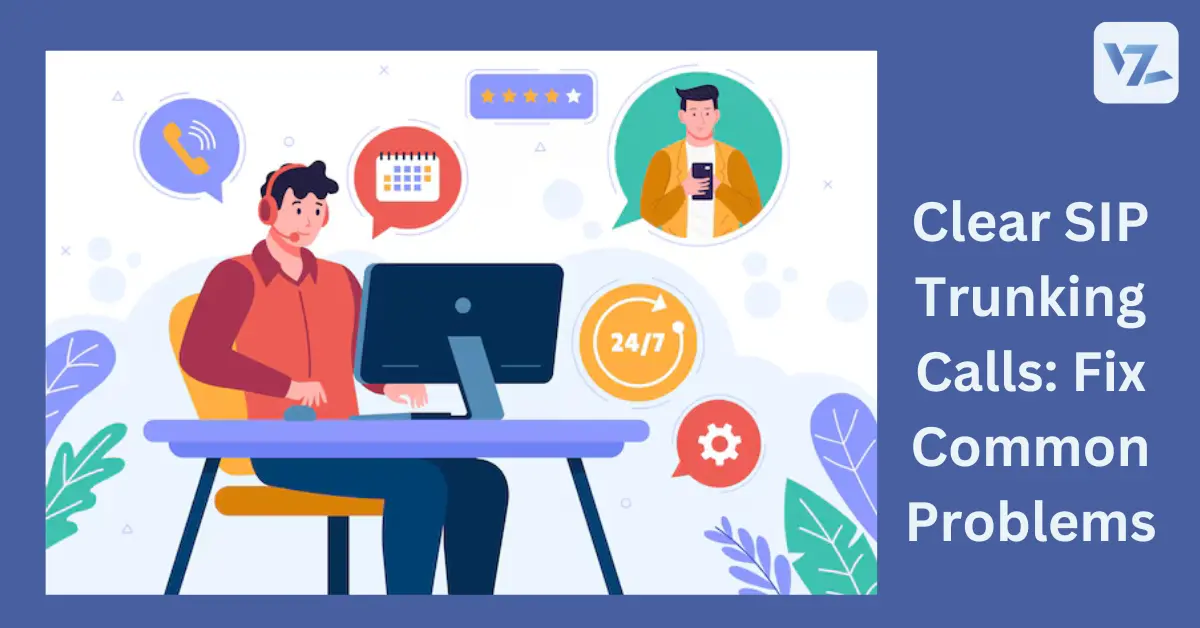


05/Jul/2024
SIP trunking offers a reliable and cost-effective way for businesses to make and receive calls over the internet. However, even the best technology can experience occasional hiccups. If you're facing issues like choppy audio, dropped calls, or connection problems with your SIP trunking service, don't fret! Here's a breakdown of some common problems and how to fix them for crystal-clear communication.
1. Network Bandwidth Issues:
SIP trunking relies on a stable internet connection. Insufficient bandwidth can cause distorted audio, lag, and even dropped calls.
Solution: Analyze your current internet plan. Consider upgrading to a higher bandwidth package to ensure smooth call flow. Additionally, prioritize VoIP traffic over other applications to minimize interference.
2. Codec Mismatch:
Codecs are responsible for compressing and decompressing audio during calls. Incompatibility between your SIP provider's codecs and your PBX system can lead to sound quality issues.
Solution: Contact your SIP provider and confirm the supported codecs. Ensure your PBX system settings are configured to match those codecs for optimal performance.
3. Firewall or Router Blocking:
Firewalls and routers might unintentionally block SIP trunking traffic.
Solution: Collaborate with your IT team to configure firewalls and routers to allow SIP traffic on specific ports (typically UDP ports 5060 and 16384).
4. Hardware or Software Issues:
Outdated or malfunctioning hardware like network cables or faulty routers can disrupt communication. Software glitches within your PBX system might also cause problems.
Solution: Perform a basic hardware check by replacing cables and restarting network devices. Consider updating your PBX system software to the latest version to address any known bugs. If the issue persists, contact your SIP provider or IT support for further assistance.
5. Signal Quality Problems:
SIP trunking relies on a stable internet connection. Jitter (variation in packet arrival times) and latency (delay) can significantly impact call quality.
Solution: Contact your internet service provider (ISP) to investigate potential signal quality issues in your area. Upgrading your internet plan or switching to a more reliable ISP might be necessary.
Preventing Problems and Maintaining Quality
Here are some additional tips to ensure consistent call clarity with your SIP trunking:
Regularly monitor your network performance. Tools like ping tests can help identify potential bottlenecks.
Schedule routine maintenance for your network devices.
Stay updated on firmware and software updates for your PBX system.
Choose a reliable SIP provider with a proven track record of quality service.
By understanding common problems and implementing these solutions, you can ensure clear and uninterrupted communication through your SIP trunking service. Remember, a little proactive maintenance can go a long way in maximizing the benefits of SIP trunking for your business.